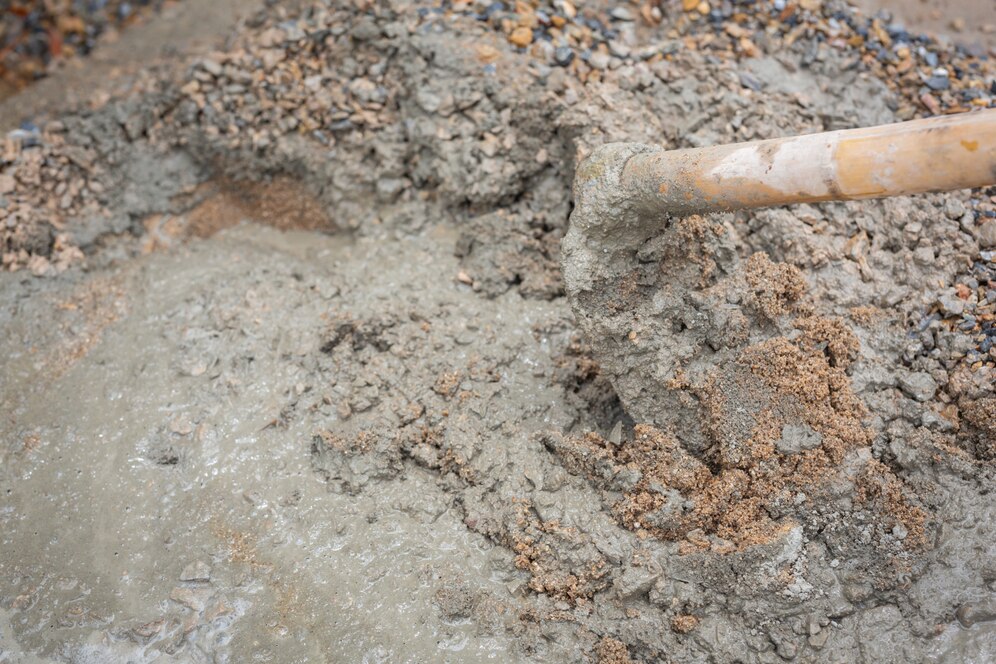
Rice husk ash (RHA) plays a significant role in modern concrete construction, offering both economic and structural benefits. The first notable role of RHA is its use as a substitute for Portland cement, which effectively reduces the overall cost of concrete.
Additionally, RHA serves as an admixture in the production of high-strength concrete, enhancing its properties. It is essential to note that the type of rice husk ash used in concrete must be amorphous to facilitate suitable pozzolanic activity, as opposed to crystalline forms.
Applications of Rice Husk Ash in Building Constructions
- Low-Cost Building Blocks
Replacing cement with rice husk ash not only cuts down on the cost of concrete but also contributes to sustainability. The production of cement is energy-intensive and releases a significant amount of CO2. By substituting RHA for a portion of the cement, we reduce the carbon footprint associated with concrete production. For instance, the use of 50% RHA in place of cement can lead to a 25% reduction in concrete costs, making it an attractive option for affordable housing projects.
The Indonesian company’s approach of using 10% cement, 50% aggregate, and 40% RHA has shown promising results, producing blocks with a compressive strength of 12 MPa. This strength is adequate for many construction needs, especially in low-cost housing, where cost savings are paramount.
- Refractory Bricks
Refractory bricks made with rice husk ash exhibit excellent insulating properties, making them suitable for high-temperature applications such as furnaces and kilns. The process of creating these bricks involves using RHA as an organic filler, which burns off during firing, leaving behind a lightweight and porous structure.
This porosity enhances the thermal insulation properties of the bricks, ensuring that they can withstand extreme temperatures without degrading. The lightweight nature of these bricks also makes them easier to handle and transport, reducing labor and logistics costs.
- Lightweight Construction Materials
Using rice husk ash in high-strength concrete allows for the creation of lightweight construction materials. These materials are essential in modern construction, where there is a growing demand for energy-efficient buildings with reduced environmental impact. Hollow blocks made with RHA-enhanced concrete offer superior thermal insulation, helping to maintain indoor temperatures and reduce heating and cooling costs.
The reduction in the amount of cement and aggregate needed also translates to lower raw material costs and less environmental degradation from quarrying activities. Additionally, RHA-based insulating boards can be used in walls, roofs, and floors to enhance the energy efficiency of buildings.
- Insulating Material
Rice husk ash is an excellent insulant, suitable for use in a variety of applications. In residential buildings, it can be used as loose fill insulation in walls and attics, providing a cost-effective way to improve thermal performance. In agricultural settings, RHA can insulate farm structures, keeping livestock and stored crops at optimal temperatures.
For cold storage facilities, RHA’s high insulating value helps maintain low temperatures, ensuring the preservation of perishable goods. Flameproofing treatments, such as soaking RHA in a solution of boric acid and borax, enhance its safety profile, making it suitable for widespread use in construction.
- Soil Improvement
Rice husk ash, when mixed with small amounts of cement, can be used for soil stabilization. This technique is particularly useful in regions with unstable or loose soils, where it is necessary to improve the load-bearing capacity of the ground. Stabilizing soil with RHA and cement creates a more stable foundation for buildings, roads, and other infrastructure projects.
This application not only enhances the durability and longevity of structures but also provides a cost-effective solution for improving soil conditions in construction sites.
- Steel Industry
The steel industry utilizes rice husk ash for its insulating properties during the production of high-quality flat steel. RHA’s low thermal conductivity and high melting point make it an ideal insulator, helping to prevent rapid cooling and ensuring uniform solidification of steel. This process is critical for maintaining the quality and structural integrity of steel products.
However, the use of RHA in steel production must be carefully managed due to potential health risks. The oxidation of RHA with elements in steel, such as aluminum, can lead to the formation of alumina (Al2O3), which poses hazards during manufacturing. Despite these concerns, the benefits of using RHA in steel production, including improved product quality and reduced energy consumption, make it a valuable resource.
Conclusion
Rice husk ash offers numerous advantages in construction and industrial applications, making it a valuable resource for cost-effective and sustainable building solutions. Its use as a substitute for Portland cement not only reduces the cost of concrete but also lowers the environmental impact of construction projects. Additionally, RHA’s insulating properties make it suitable for producing refractory bricks, lightweight construction materials, and effective insulating materials.
Its role in soil improvement and steel production further demonstrates its versatility and importance. By leveraging the benefits of rice husk ash, we can create more affordable, sustainable, and high-performance building materials, contributing to a greener and more efficient construction industry.